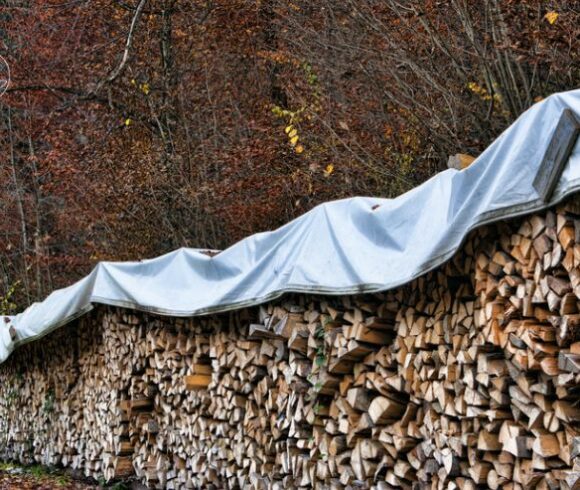07
2023

The consequences of climate change can be complex and vary depending on location, crop type and rainfall intensity.
Some of the main consequences that can be observed following heavy rainfall include:
- Flooding of fields: rivers can overflow and flood the surrounding areas resulting in the destruction (partial or total) of crops.
- Destruction of soil quality: the ‘washing’ of the soil results in the removal of soil nutrients, causing a loss of soil quality and a reduction in fertility.
- Disease epidemics: moisture and high temperatures can create conditions suitable for the development of diseases (like fungi) and insect pests, which are likely to affect crops.
- Loss of products: flooding and destruction of soil quality are very likely to lead to loss of livestock and crop products, with negative impacts on the rural economy.
The resilience of rural communities to climate change is vital to ensure the food chain and the sustainability of agriculture. Some important measures that can be taken include:
- Crop variety: farmers should choose crop varieties that are resilient to the extreme weather conditions that climate change causes.
- Adjusting the planting schedule: it is important to adjust the planting and harvesting schedule based on the changes that occur.
- More efficient water management: efficient use of water in agriculture can help conserve water resources, especially in areas with difficult climatic conditions.
- Soil protection: practices that promote soil health, such as not overusing chemical fertilizers and pesticides, can help address changes in soil quality.
- Implementing sustainable agriculture: sustainable agriculture aims to produce food in an environmentally friendly way, preserving soil health, water quality and biodiversity.
- Investing in infrastructure: governments now need to invest in infrastructure such as protective works, drainage and water storage systems to deal with flooding and drainage.
- Education and information: educating/informing farmers on best practices for climate change resilience is of major importance.
The combined implementation of these measures can help rural communities cope with the challenges posed by climate change and ensure both their survival and growth.
To protect their properties from the negative impacts of climate change and extreme weather events, farmers can use a variety of materials and applications, depending on the type of farming, location and their individual needs.
- Irrigation systems to adapt to changes in rainfall patterns.
- Plastic films to temporarily cover crops to protect them from premature rainfall or excessive cold.
- Anti-freezing fabrics for placing these over crops and protecting them from frost or excessive solar radiation.
- Bird nets to protect crops from birds.
- Anti-hail nets for placing over crops and protecting them from hail damage.
- Sensor systems and new technologies for monitoring climate and soil conditions.
- Irrigation systems to use water efficiently and reduce water loss.
- Modern agricultural machinery that can operate in difficult conditions.
At HELLAGRO S.A. you will find a wide range of agricultural solutions to protect your crops in all weather conditions.




